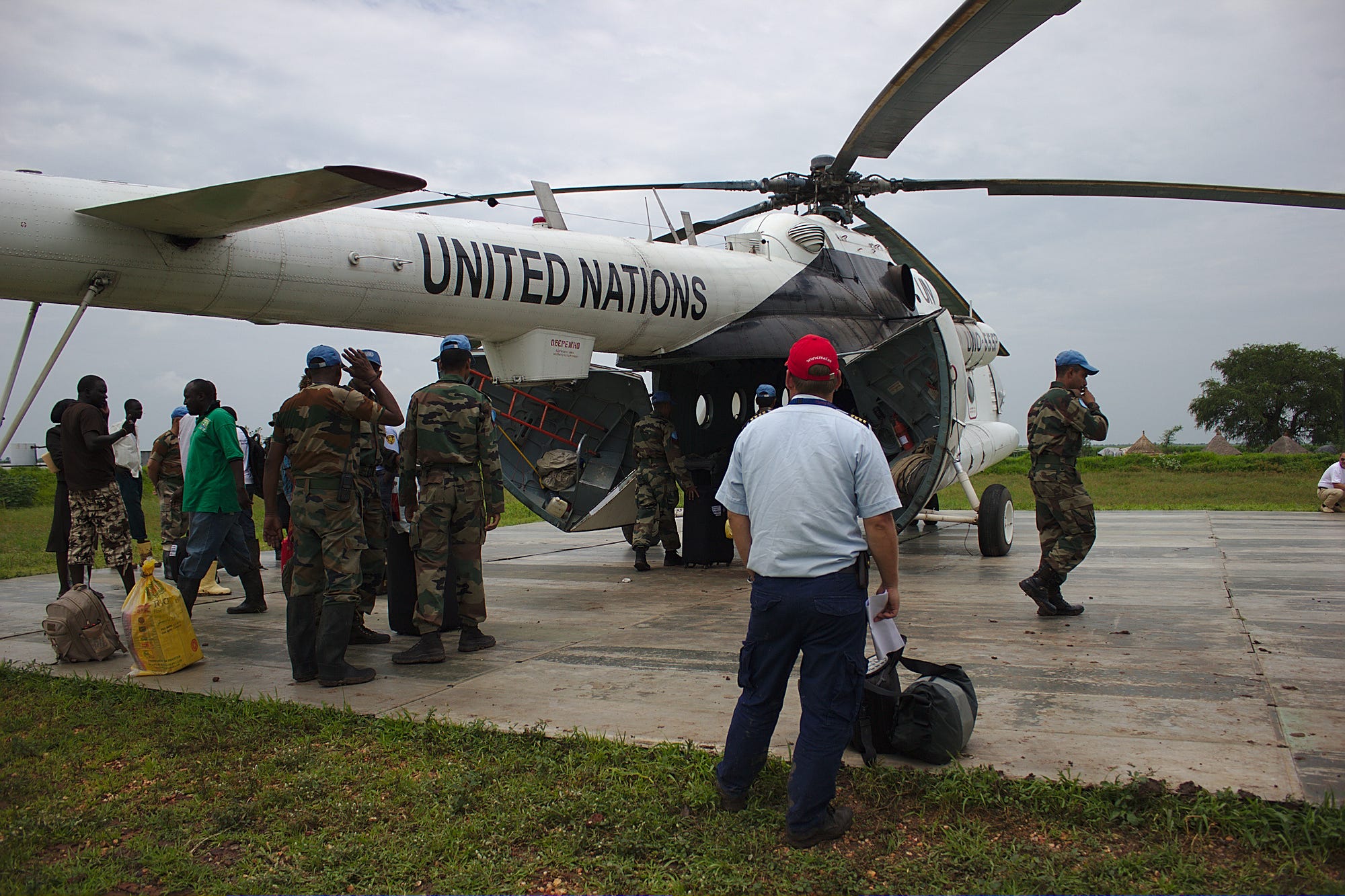By Joe Byerly
Where are the “generation of military reformers” that some despair will ever arise from the ashes of Iraq and Afghanistan? Coming into their own. Over the last month, I’ve observed an encouraging sign for our military profession. Several junior officers have used the power of the pen to reach outside of their foxholes, moving well beyond the typical sphere of influence of a newly commissioned lieutenant. Through their words, they have helped bring about the change of existing policies, shared lessons on leadership, and sparked multiple professional conversations.
 On March 28, Sage Santangelo, a Second Lieutenant in the United States Marine Corps, published an Op-Ed in the Washington Post about the struggles of females in the Marines’ Infantry Officer Course in Quantico, Virginia. Her post drew over 700 comments on the Washington Post’s website and even received the attention of the Marine Corps Commandant, General James F. Amos. Shortly after publication, the Commandant praised Santangelo’s article, and announced that he was going to change the policy regarding the number of times women could retake the course.
On March 28, Sage Santangelo, a Second Lieutenant in the United States Marine Corps, published an Op-Ed in the Washington Post about the struggles of females in the Marines’ Infantry Officer Course in Quantico, Virginia. Her post drew over 700 comments on the Washington Post’s website and even received the attention of the Marine Corps Commandant, General James F. Amos. Shortly after publication, the Commandant praised Santangelo’s article, and announced that he was going to change the policy regarding the number of times women could retake the course.
On April 05, Army First Lieutenant Scott Ginther published a short essay titled “What I Wish I Knew: From Cadet to Lieutenant in Afghanistan” on the siteWarCouncil.org. While he doesn’t tackle a hot button issue like Santangelo, his post offers young leaders an easily digestible list of twenty lessons learned from his experience as a newly commissioned officer. His well-written advice quickly went viral on social media sites like Facebook and Twitter, even earning a “tweet” from the Army Chief of Staff, General Raymond Odierno a few days ago.
In addition to Santangelo and Ginther, other young leaders have also begun “nailing their whispers to the wall,” by publishing their ideas on blogs and other professional outlets. An ROTC cadet recently wrote on this very forum about civil-military divide, and a few days later a young infantry officer wrote aboutimproving reconnaissance organizations in the U.S. Army on a blog he shares with other junior officers.
These young officers are in good company. As Admiral (ret) Jim Stavridis highlighted in “Read, Think, Write, and Publish”, Admirals William F. Halsey, Chester Nimitz, and Ernest J. King all published articles in Proceedings Magazine as junior officers. Additionally, a young Dwight Eisenhower published a 1920 Infantry Journal article, entitled “A Tank Discussion”, about using tanks to achieve rapid breakthroughs. While Eisenhower’s article was met with controversy, in the end it contributed to a larger professional discussion that eventually led to better doctrine for the inclusion of armor in the fight.










